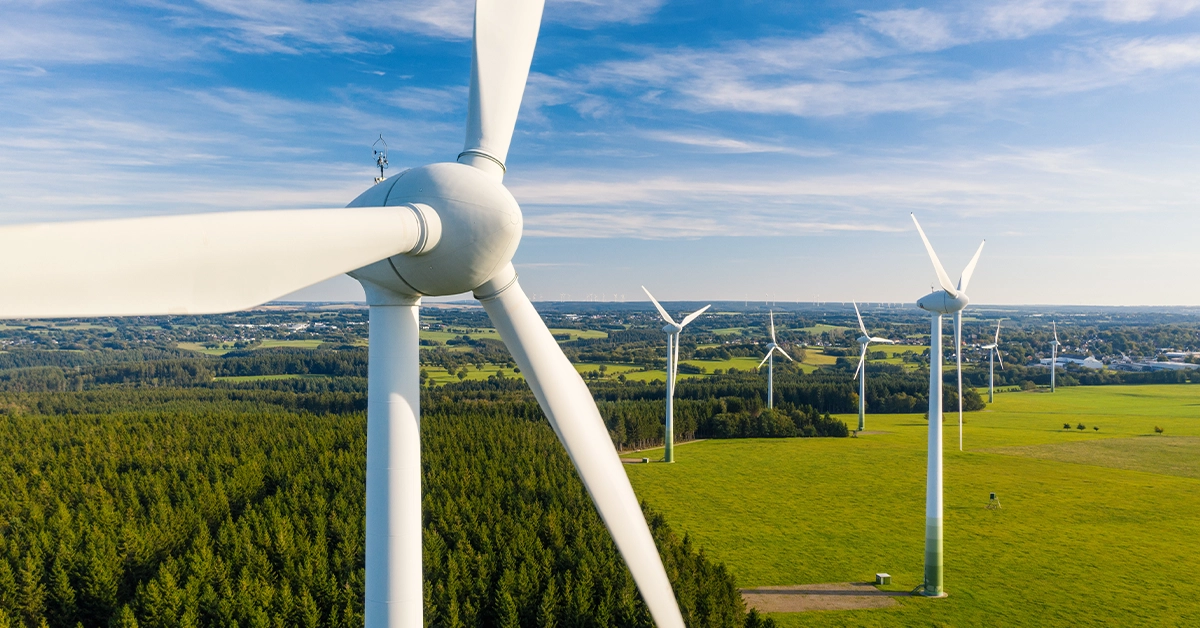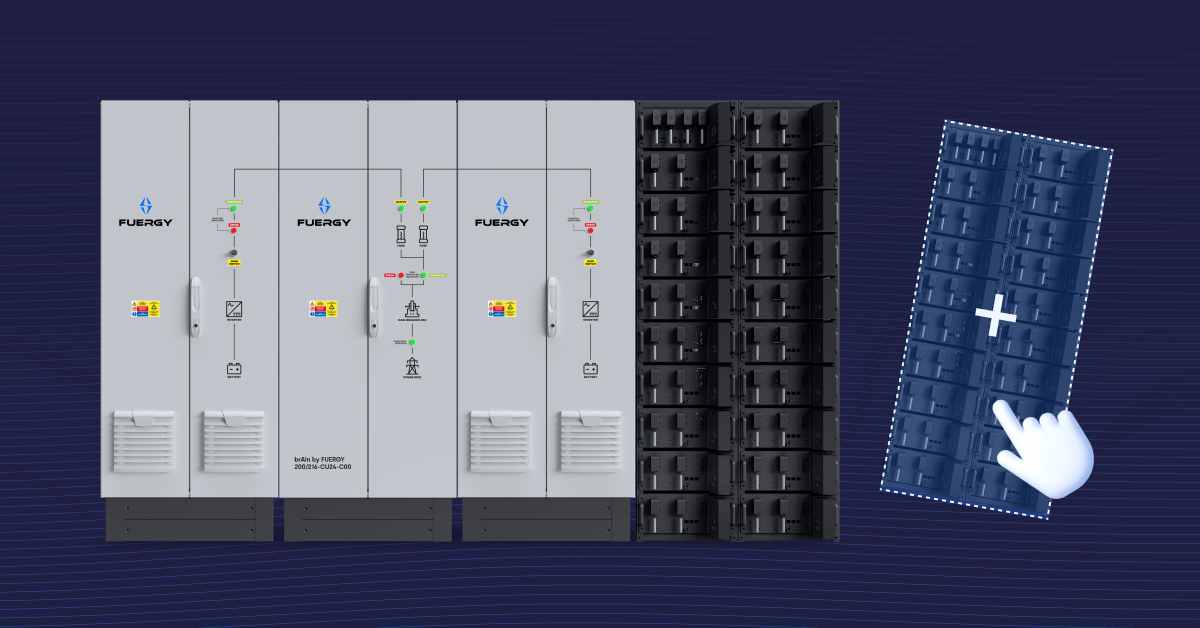
For a long time, they were just a minor addition to the energy mix. Even after we learned how to harness the power of the sun and even though we were able to use wind as a source of energy for centuries, it seemed for a long time that renewables will never reach any significant share. Until recently.
Technological progress leading to higher energy efficiency and dropping prices of renewables in combination with rising concerns about climate change contributed to their unprecedented growth. There are many sources of renewable energy — it is no longer only about water falling in rivers. Importance of wind, solar, geothermal, pumping hydroelectric power plants and bioenergy (such as biowaste and biomass) is becoming more and more evident every year. The newest forms such as sea waves, tidal or heat pumps are also getting more and more attention.
Nevertheless, the most valuable means of generating electricity from renewable sources is still hydroelectric energy. Up to nine of the ten largest power plants in the world are water-borne, using dams on rivers. Hydroelectric power plants supply more than 16% of the world’s electricity(99.9% in Paraguay, 96% in Norway, 64.5% in Brazil, 59% in Canada, 59% in Switzerland). The capacity of hydroelectric power plants is also commonly used to supply top-level power to the network as it can be easily stopped and started. Individual hydroelectric turbines can achieve power from zero to a maximum in about ten minutes. More sophisticated turbines allow to change the flow of water to regulate turbine power. Hydroelectric power plants are an ideal complement to wind and solar power in the electric grid system for their ability to handle both seasonal and daily peak loads.
The most progressive development of electricity generation in recent years has been wind energy with a year-on-year increase in installed capacity of approximately 20%. Energy produced by wind power turbines accounts for more than 5% of the world’s electricity. More than 70% of this energy comes from eight countries: China, USA, Germany, India, Spain, Great Britain, Canada, and France. The vast majority of them are on the mainland and the rest on the seashore. The longevity of wind turbines is lower than the thermal and water turbines. According to some studies, their performance with age decreases by about 1.6% per year. For a great dependence on weather, it is necessary to anticipate interruptions in supply and always have backups ready to be dispatched. Unlike fossil fuels, wind cannot be transported to a different location as a primary source of electricity but has a high availability in many areas.
Another major renewable energy source is solar energy with more than 1% share of global production. Depending on how we convert the sun’s shining energy into electricity, solar systems can be divided into photovoltaic and solar thermal systems. Photovoltaic is the best-known method of using scattered solar light to produce electricity. It is the most important way of producing electricity, in which the turbine drive is not used for production. Solar thermal systems need more concentrated sunlight than diffuse light. To achieve this, solar power plants use a mirror system to concentrate solar radiation on the absorber. Heat energy is then used to propel the turbine. Thanks to easy accessibility, energy efficiency gains, and falling prices, installed photovoltaic capacity is significantly increasing every year. The problem with integrating the solar photovoltaic system is that cloudy weather can reduce performance by 70% within one minute. By using different solar energy storage systems, this value can be adjusted to 10%, which is manageable for the control system. Like wind generators, their use is highly dependent on weather. They are the most widespread source of electricity worldwide and their mass use in households helps to decentralize the power grid.
Geothermal resources have potential in certain parts of the world. If hot groundwater can be brought to the surface, it can be used to generate electricity. Geothermal energy is attractive because it is cheap and dispatcher-controlled in contrast to wind and solar power. Also included in this category are heat source heat pump systems that are used as a heat source.
The least used way of generating electricity is the use of ocean energy. Currently, tidal energy, wave energy, and temperature gradient are being used. Turbines using tidal energy are located in bays, estuaries, and canals. Dam water can be used to rotate turbines by releasing water through the tidal barrier in both directions. Tide times are more predictable than sunny and windy days, so it is possible to predict more accurately the amount of electricity produced.
Biomass, apart from traditional use for heating or biofuel production, such as ethanol and biodiesel, is also used to generate electricity. Most commonly, three technologies are used to process them: combustion, gasification and anaerobic fermentation. Reconstructed coal plants are used for wood combustion, but in contrast to coal, wood must be transported and stored in dry areas. Large wood power plants are in Europe, thanks to the EU’s energy policy, which classifies combustion of wood products as a renewable energy source. In Australia and Latin America, energy is obtained from bagasse, a by-product formed from burning sugar cane. The conversion of biomass into biogas is carried out in tanks using microorganisms. Bioethanol or biomethanol are made with the anaerobic process from corn in which sugars are changed with the help of yeast.
Renewable energy provides an alternative model of energy decentralization, which is smaller and closer to demand. Higher investment costs can be compensated for by reduced transmission losses, savings in capital costs of transmission lines and increased reliability of delivery. Production can be at the point of consumption or through local microgrids. An increasingly important role in this process is played by citizens in individual countries. By increasing the number of users, costs will decrease and the technology will become cheaper and more affordable for a wider range of the populations.
Modern software algorithms are used to match real-time production and consumption, to exploit the potential of smart grids, reduce unpredictability and increase energy efficiency, balance the transmission network, and use and store renewable energy. FUERGY offers excess energy trading solution backed by the blockchain technology. The New Energy Ecosystem enables individual green energy owners to sell their surplus energy to their neighbors, peers, and friends thanks to the AI-powered energy sharing platform. With a FUERGY Device, they can power not just their own home but also the neighborhood they live in, providing energy for their close ones, friends, nearby schools, hospitals…
Interested in more articles about mitigating climate change, creating green energy or about the FUERGY Device? Subscribe to our newsletter, follow us on Twitter or join our Telegram community to keep in touch on all things related to the FUERGY project.
We are living in the future of energy. Are you?





